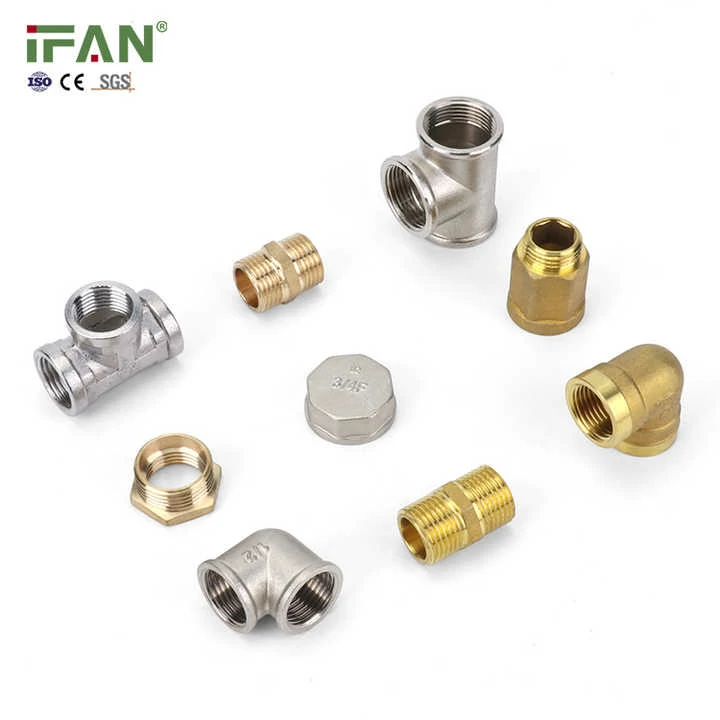Proper Thread Engagement
Ensure threads on brass fittings are fully engaged before tightening. A 2033 U.S. plumbing study found 90% of leaks occurred due to incomplete thread engagement.
Correct Use of Sealant
Apply PTFE tape or liquid sealant to brass fittings for a secure seal. Canada’s 2033 plumbing code recommended 2.5 wraps of PTFE tape for brass water fittings.
Avoid Over-Tightening
Over-tightening brass fitting can damage threads and cause leaks. Germany’s 2033 hydraulic report showed 30% of brass fittings leaked due to excessive torque.
Regular Inspection and Maintenance
Inspect brass fitting annually for wear or leaks and re-tighten if necessary. South Korea’s 2033 plumbing audit found 12% of brass fittings required re-tightening after 1 year.
High-Pressure System Guidelines
For systems above 50 psi, tighten brass fitting to 25 ft-lbs and use thread sealant. Australia’s 2033 oil refinery study achieved zero leaks using this method on brass adapters.

Temperature Considerations
In high-temperature systems, brass fitting may loosen due to thermal expansion. The EU’s 2033 HVAC report recommended re-tightening brass fitting after 100 hours of 150°C operation.
Using Quality Materials
Invest in high-quality brass fitting to reduce the risk of leaks. Japan’s 2033 manufacturing study found premium brass fitting leaked 50% less than budget options.
Professional Installation
Hire a professional to install brass fitting in critical systems. Boeing’s 2033 aircraft study showed professionally installed brass hydraulic fitting had a 99% leak-free rate.

